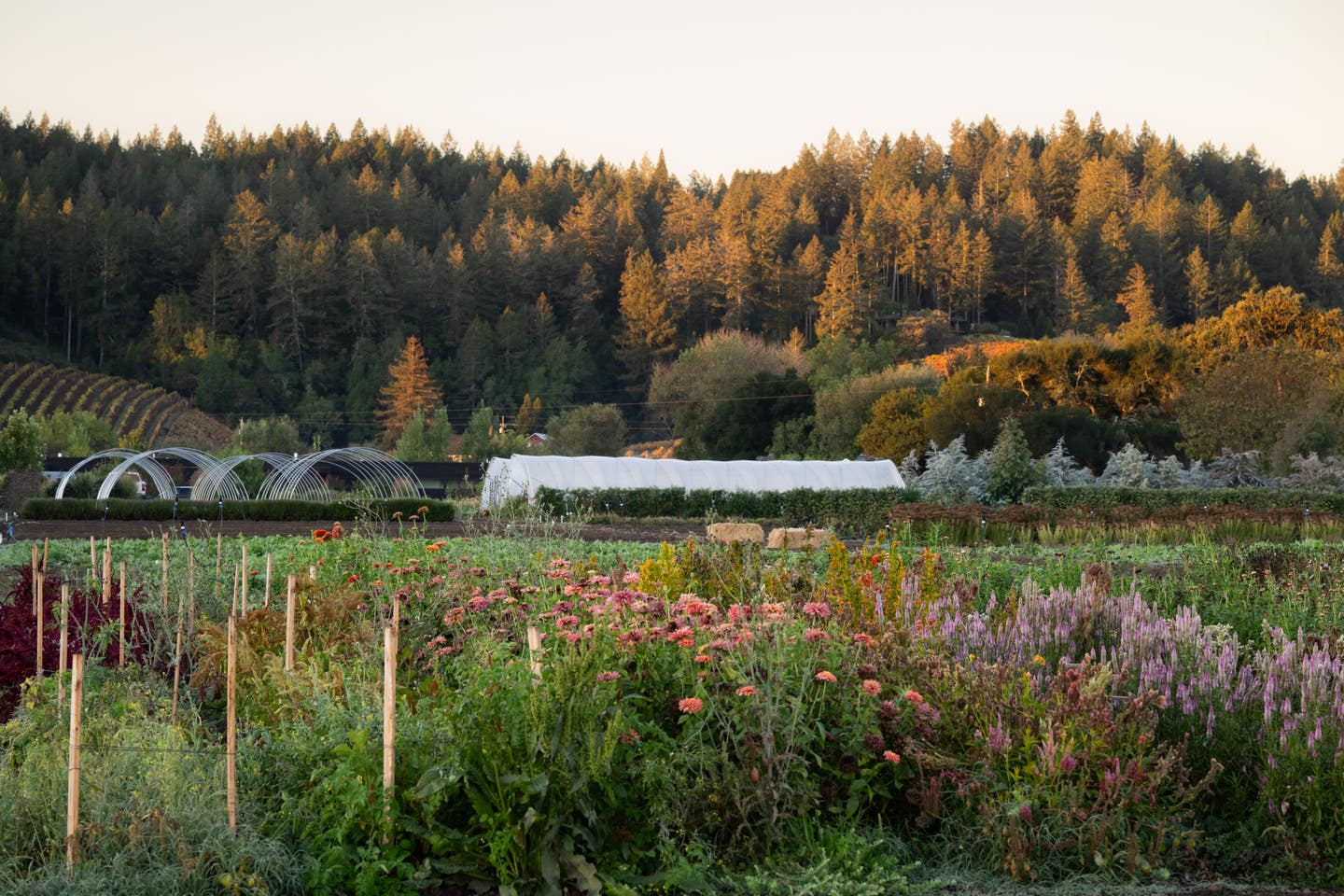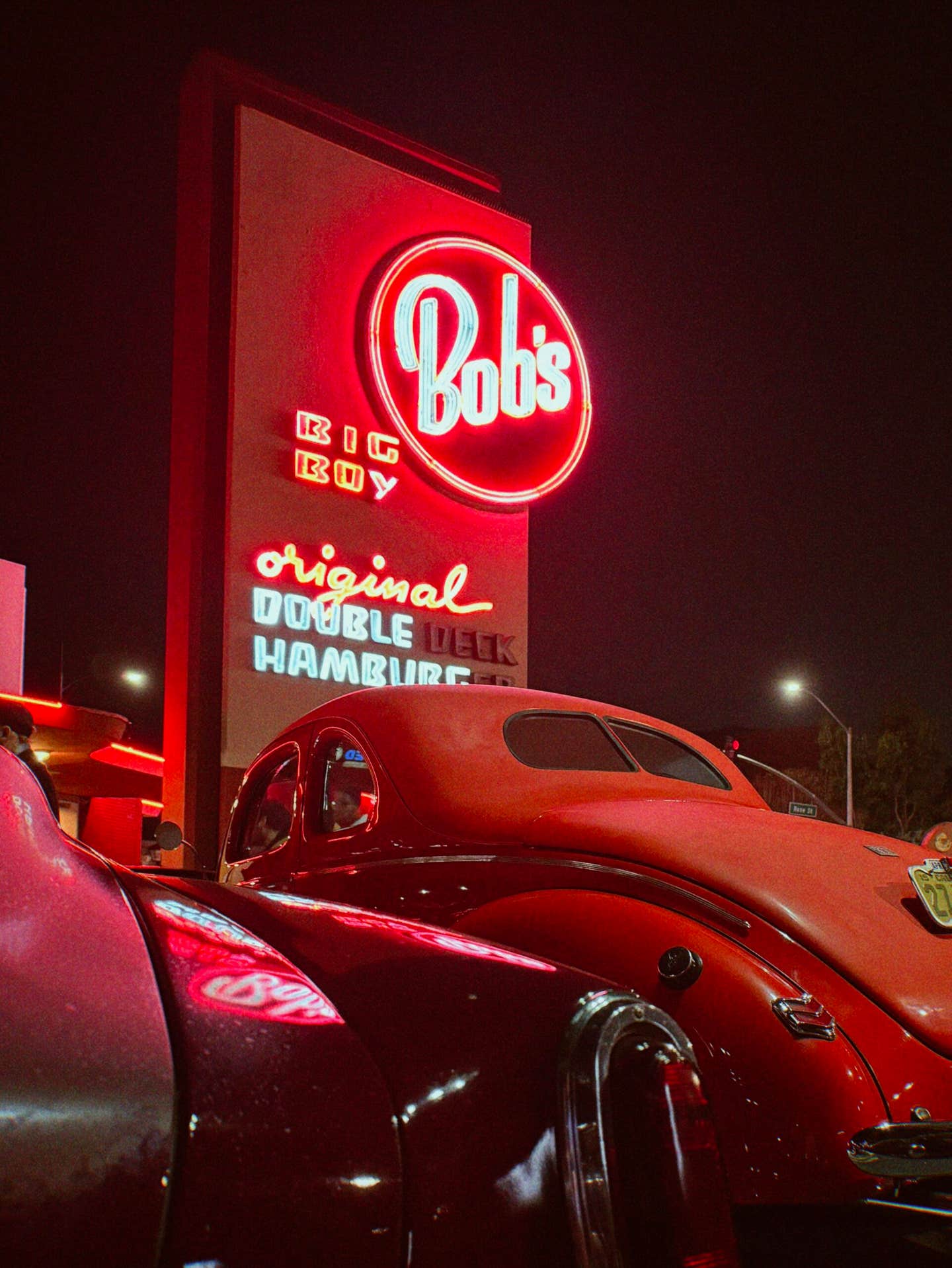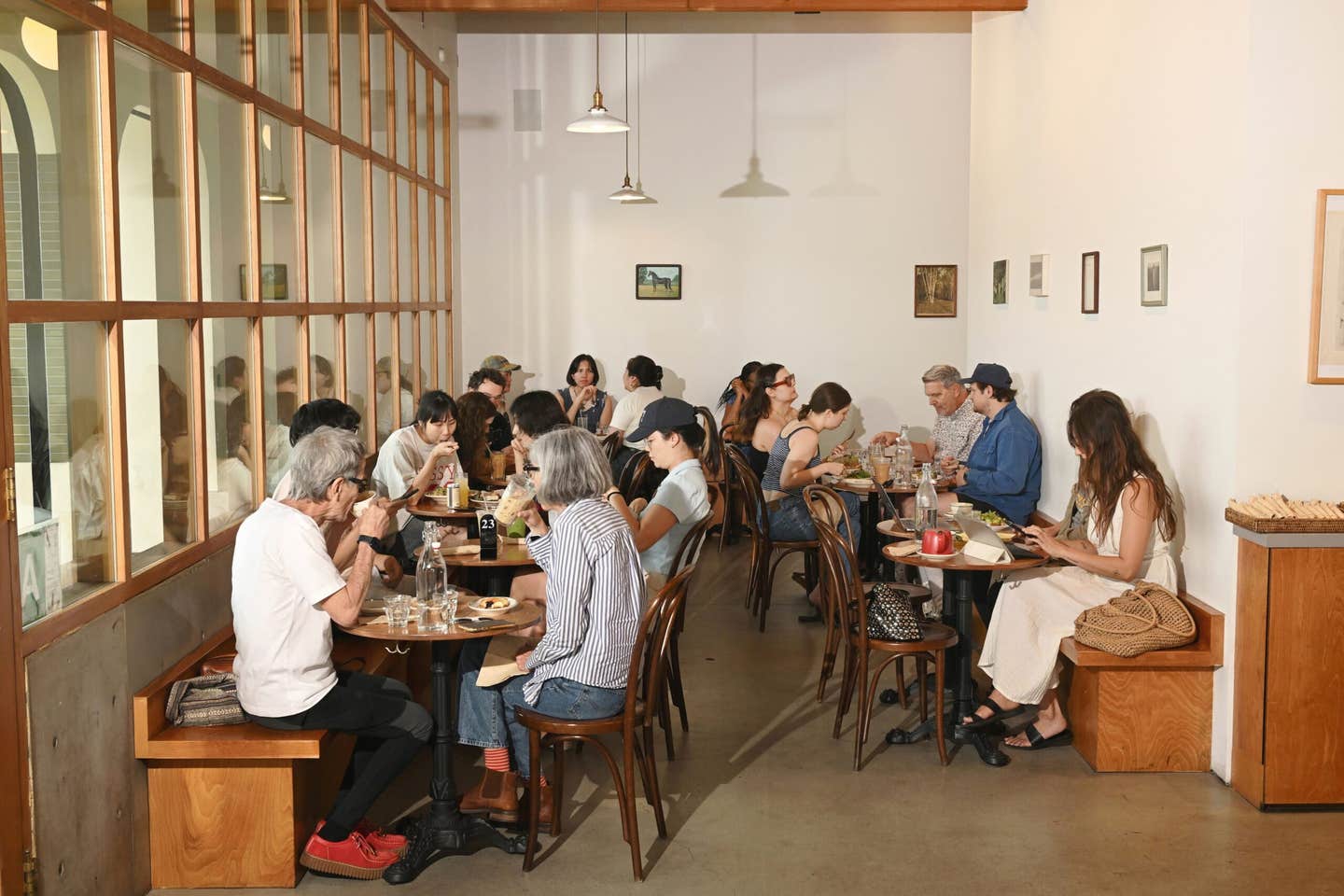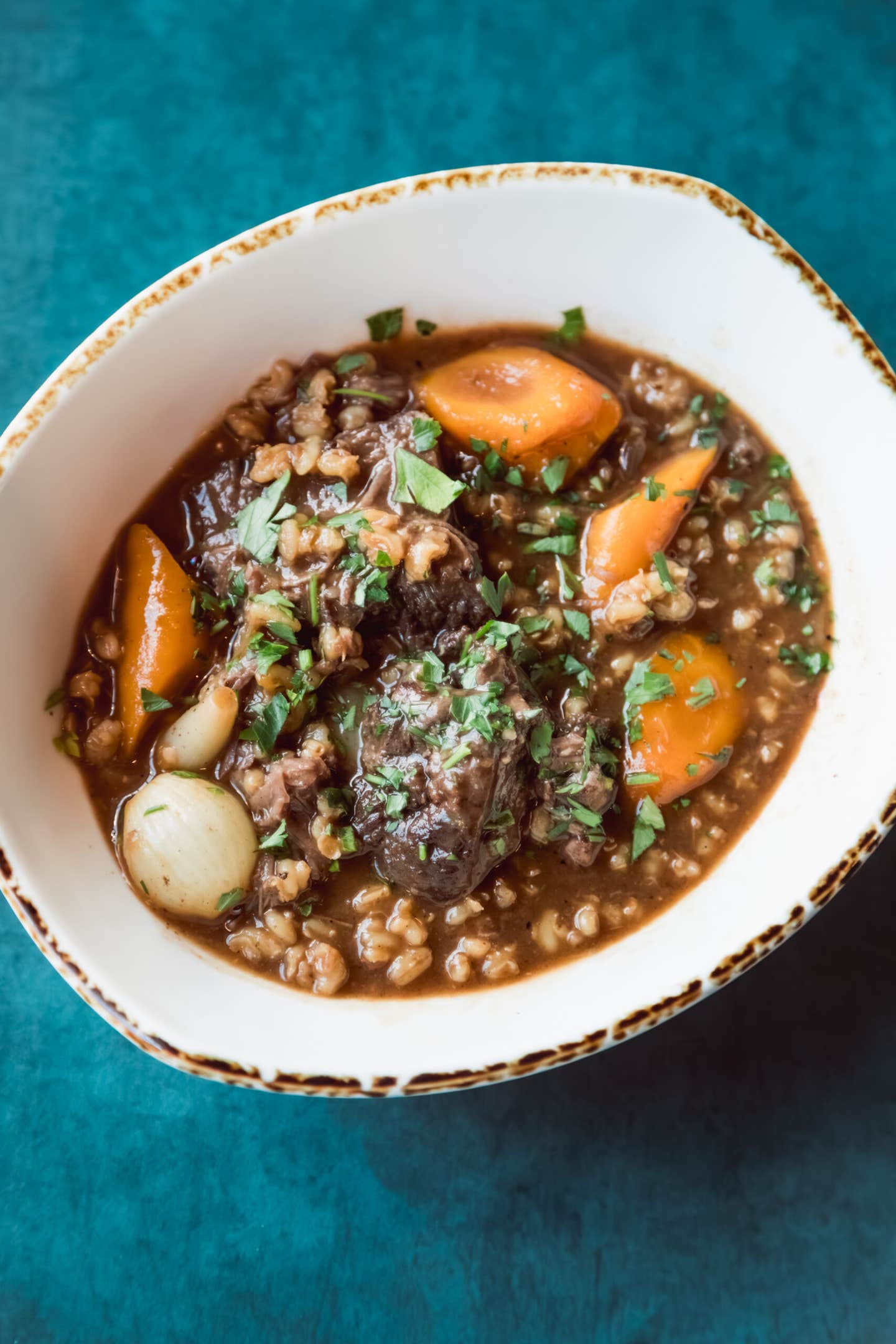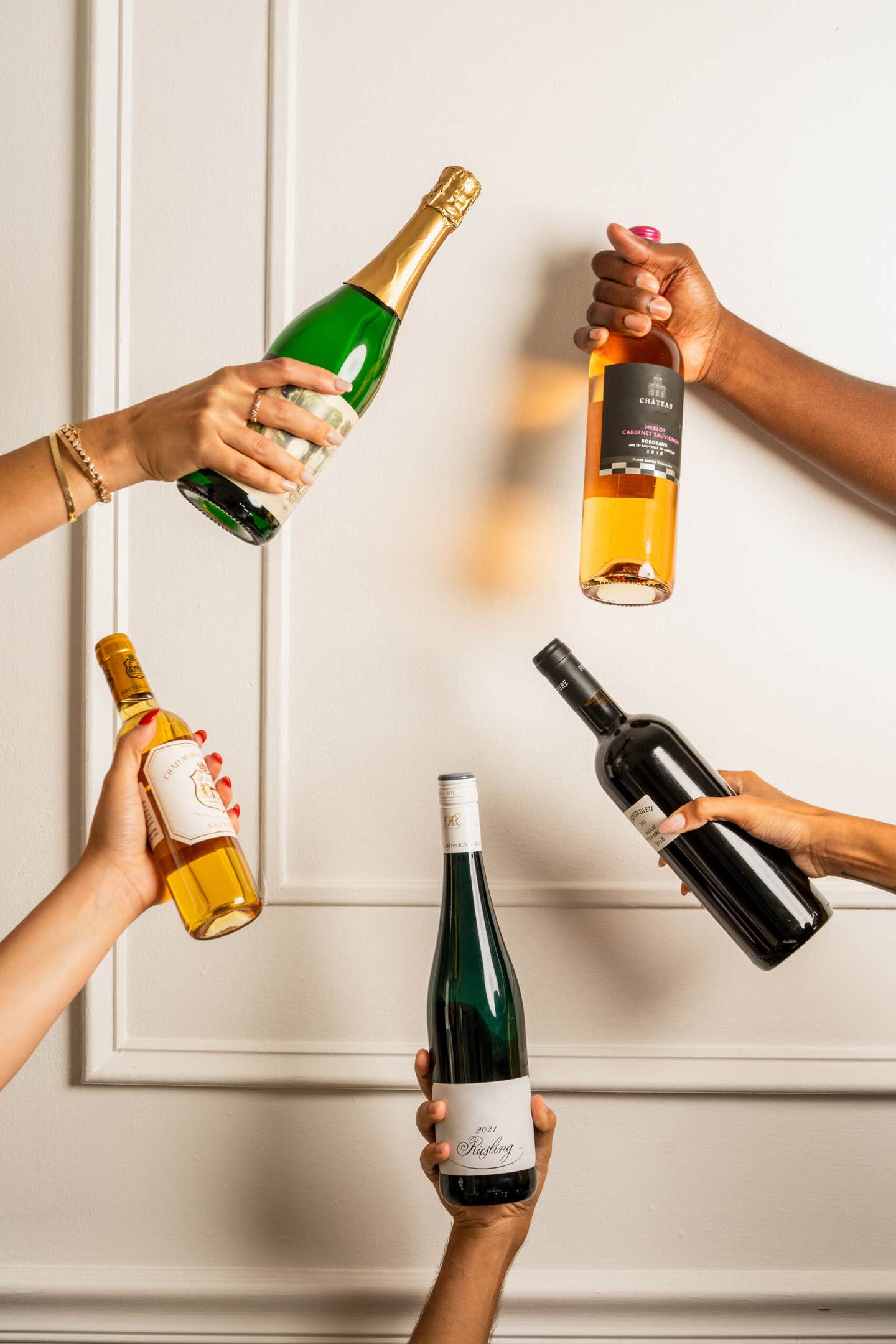Natural Wines: The Pleasures of Drinking Raw Wine
I first fell in love with natural wine when I drank a glass of Grenache Gris by Berkeley-based Broc Cellars. During quarantine, I expanded my palate with the wine club selections from Tabula Rasa, a bar in Little Armenia. I liked the silty, unpredictable quality of these natural wines, sometimes smoky and challenging, and sometime refreshing and fun, pure pleasure machines.
I first fell in love with natural wine when I drank a glass of Grenache Gris by Berkeley-based Broc Cellars. During quarantine, I expanded my palate with the wine club selections from Tabula Rasa, a bar in Little Armenia. I liked the silty, unpredictable quality of these natural wines, sometimes smoky and challenging, and sometime refreshing and fun, pure pleasure machines. I may not be an educated wine drinker, but I’d like to be.
I do know enough to know that the program at Kismet, a restaurant in Los Feliz, is spoken of with admiration, even reverence by those who are serious about wine. So one Friday afternoon, I went to speak with Kelsey Gray, Kismet’s wine director and assistant general manager, to see what I could learn.
Kismet is a jewel box of a restaurant with blonde wood banquettes, handmade clay light fixtures, and a Middle Eastern-inspired menu glittering with California’s influence. Its food—rabbit for two, or the flaky lemon and pine nut pie—is filling yet light, ethereal yet grounded, the kind of place that serves vegetables nearly as fresh as the sunlight that fattened them.
I’ve dined at Kismet on my birthday, and when I want to impress someone, and when I’ve had the kind of day that only labneh, crusty bread, and a glass of wine can cure. So to walk through the narrow door before they opened felt like stepping backstage at a concert hall. The lights were low, the patio tables and chairs stacked at the entrance, the cooks singing softly to themselves as they prepped that evening’s service. Here was a magic trick unfolding in slow motion, and I delighted in the access.
Despite the debates swirling around the term, at its core, natural wine is simply wine that is produced with minimal intervention. Whereas conventional wine utilizes technology to insure stability and consistency of taste, natural winemakers allow native yeast to ferment their wines, and they don’t add enzymes, or filter out impurities. Natural wines introduce little to no sulfur at the bottling process. In the best case scenarios, these wines feel vibrant and alive, their flavors and textures nuanced and surprising, even revelatory; worst case, the wine is trendy despite—or because of—its vinegary funk.
As we settled into a back booth at Kismet, bottles between us for tasting, Kelsey put it like this: “Natural wine can mean so many things. In many ways it means nothing. In many ways it’s a buzz word. Natural wine is a trend, for sure, but more importantly it points to ethics.”
At Kismet, chefs Sara Kramer and Sarah Hymanson are concerned with the people behind the products they serve. They want to offer food and wine that are ethically and sustainably produced, not only environmentally speaking, but also in terms of the labor and the people involved. “When you buy from a small scale producer,” Kelsey said, “you have a narrowed lens that gets to the heart of the craft. It’s simple, and beautiful, and also more human.”
Throughout our time together, Kelsey emphasized how important it was to Kismet that they acknowledge the people who grow the food and make the wine that ends up on their tables. Wine making, in particular, is especially challenging, and producing it with minimal intervention takes such hard work, knowledge, passion, and luck. Kelsey described the wild boars that recently destroyed a Californian winemaker’s vines, and the shipping and tariff heartaches for a winemaker in the country of Georgia. The droughts. The blights. “Natural wine is fragile and susceptible,” Kelsey said. “It should be approached with reverence.”
At Kismet, wine is a pleasure, and the restaurant offers a breadth of offerings, from the esoteric to the people-pleasing, and at various price points. Kelsey is new to the position and she’s excited to find unknown wines to keep the list feeling, as she says, “electric.”
I felt this electricity with our first tasting: a Deviner and Traminer blend from a winery in Slovakia called Slobodné Vinárstvo, run by two sisters who left their urban lives in Bratislava to make wine on their family estate. The wine had a little bit of skin contact, and it carried the tell-take funk of an orange wine—that little zing. As we tasted, Kelsey called it “fairy-like” with a “core of intention” and “confident in itself.” I tasted the floral and lemony notes, but I was also struck by the wine’s volatile acidity. I decided it was a little too funky for me, though I was sure that my husband, who loves all things bitter, from radicchio to IPAs, would go nuts for it.
I asked Kelsey what she wanted people to feel from the wines at Kismet, and she said she likes to think about how wine can bring a certain mood or energy to the table. Maybe you’re after a vivacious, flirty feeling, or perhaps a wine that tastes more austere will bring a coy or restrained tone to the table. Merlot, for instance, has the potential to inspire “fun depravity’; the grape makes Kelsey think of being draped in fur robes by candlelight. I loved this image of romance, comfort, and decadence; more than that, I loved the idea that wine asks us to be poets, to use metaphor and simile, and to gesture toward fantasy. Sometimes, a wine lover’s flair for tasting notes—wet cement, say, or lemon frosting—can be a bit mystifying, maybe even alienating if you don’t taste anything of the sort. But free associating with Kelsey on the wine we shared was fun and exploratory; it felt personal, too, like there weren’t right or wrong answers, only perspectives and preferences.
For Kelsey, wine isn’t merely a drink, it’s an experience, and she urges diners to lean into how a wine will make them feel. It’s a conversation.
“Wines are charged,” Kelsey said.
Another bottle we tasted was from La Clarine Farm, in the Sierra Nevada Foothills, and this one was definitely speaking to me. La Clarine doesn’t plow, use herbicides, pesticides or fertilizers. This was a Viognier, a white wine that Kelsey explained is often used as a blending grape but is now being made as a single varietal, especially in California. Often Viognier can taste unctuous or waxy, but Kelsey said that it also has more body and thus helps with food pairing. Winemakers Hank Beckmeyer and Caroline Hoël age their Viognier “on the lees,” which means they don’t remove the dead yeast cells that remain in a wine after it’s fermented. This gives the wine a honeyed, nutty quality, imparting it with, as Kelsey described, “a savory streak of saline.” I tasted exactly that.
I rarely drink white wine and, here I was, enamored with this Viognier, a word I’m still not confident pronouncing aloud. I imagined ordering a bottle to share with whomever was lucky enough to join me.
I left Kismet longing to return once the lights were up and the music crooned from the speakers, a cloth napkin slung across my lap. When my glass of wine arrived, I would learn where it had come from, and I would acknowledge how much effort and love it took to get it to me. I would revel in the pleasure it provided, how it altered my evening. As Kelsey said, “Just knowing that one person poured so much care and time into bringing this wine to our table in Los Angeles—what a gift.”
And, yet, in this age, there’s also a case to be made for staying in. With his remote tastings centered around a particular theme, sommelier and educator James Sligh of The Children’s Atlas of Wines provides a compelling reason to put on your sweats and uncork a few bottles from the comfort of your own home. I signed up for his class called New Americans, featuring three bottles by young producers from Baja, Mexico, Wisconsin, and the Sierra Foothills, respectively.
For his classes, Sligh draws wine maps and creates a playlist of songs inspired by the class’s theme. (This one included songs by David Bowie and Lizzo, among others, which I’m still playing in my car.) He also includes pairing suggestions, from a snack idea, such as braesola or tapenade, to full meal ideas, to a “bodega pairing”—he’s based in Brooklyn, after all.
That’s how, on a cool Saturday evening in spring, my husband and I left my mother in charge of our kids and headed downstairs to our shared office with bags of sour cream potato chips and a slab of oozy cheese, ready to try some wine with strangers on Zoom.
Like Kismet, the Children’s Atlas of Wine program is interested in small winemakers and telling their stories. Sligh is especially interested in shining a light on underrepresented regions, advocating for winemakers who might have been previously left out of the winemaking tradition. When we discussed Mexican wine, for instance, he explained that wine had been made in Baja for centuries, but when gold was discovered up north, the money and mainstream wine industry went with it, leaving this region underrepresented in the narrative about west coast wine. As with my conversation at Kismet, learning the story about each bottle was as revelatory as tasting it.
Sligh started our class by saying that while a glass of wine won’t save the world, “it can be a window into the things we care about and all that can save it.” He ended our meeting by saying that wine shouldn’t be aspirational or obligatory. The evening was inspiring and tipsy.
The fifteen or so other participants hailed from across the country, and as a group we admired and discussed the color of the wines, smelled them, and tasted, focusing on texture and acidity. Sligh is an enthusiastic and gregarious teacher, who informed as much as entertained. I laughed when he said, “It’s the tiny smell of death that makes a wine delicious,” and had to agree He never intimidated, even as he provided a history/agriculture lesson on why hybrid wines are so maligned in Europe. He described the grenache from Bichi winery in Mexico as having a “chewing” quality, and pointed out that for some, the zero-sulfur red might be “too spiky.” Not for me; I loved its slightly barnyard-y depth.
The St. Pepin by American Wine Project, produced in the Driftless Area, a midwestern region that includes southwestern Wisconsin, provided an opportunity to talk about climate change. As the planet heats up and unpredictable weather events make growing grapes as challenging as ever, relatively new hybrids, like St. Pepin, which was developed in the eighties in Minnesota, are often heartier, and thrive in the landscapes they were created for.
James explained how many new winemakers, like Erin Rasmussen of American Wine Project, are figuring out what’s unique to their regions, and making wine that wants to grow in that place, without additives. Rather than bend the earth to their will, these winemakers are working in harmony with the planet. It occurred to me that making natural wine was about listening to the land and the grapes, and paying close attention to every element. By tasting wine in this way, I was in turn doing my own paying attention, a kind of deep noticing, a recognition of the sacred.
Like Kelsey Gray at Kismet, James Sligh reminded us how “a thousand tiny decisions go into winemaking,” and that any of these bottles surviving, and tasting as great as they did, was miraculous.
That evening, my husband and I sipped from our glasses, and compared our responses, and ate our chips down to dust. We absorbed history lessons, culture lessons, chemistry lessons. And we had fun.
I remain an unseasoned wine drinker, but after these two tastings, I feel emboldened to try more bottles, and figure out what I like, and why. To sit with a wine, and acknowledge where it came from—an entire history in a glass—and revel in its charged, even magical, atmosphere. In this way, each sip feels alive.

